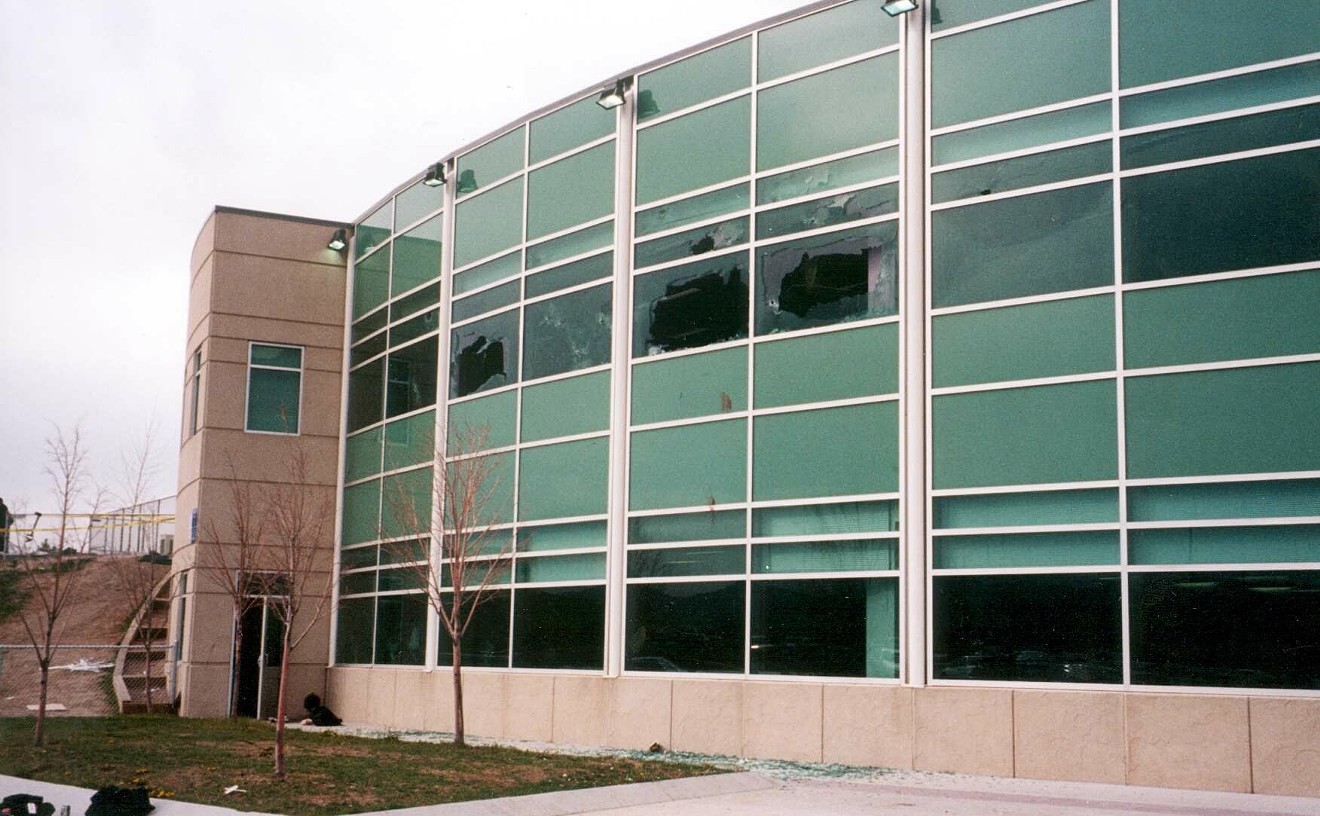Though demand is high, the shortage isn't necessarily due just to tourists and herb-hungry locals pilfering pot by the pound from the shelves.
Instead, the shortage was likely caused before sales could even begin, thanks to a quick timetable for centers going through the recreational-sales process and a limited number of plants shops were able to transfer over to the recreational side.
Unlike medical marijuana, which sprang up as an industry in Colorado before there were even laws to govern it at the local and state levels, recreational pot has been strictly regulated from the beginning. Nothing could happen without a license. That meant the earliest recreational grows could be up and running was the last week of December, when the state issued the first licenses.
Current rules restrict centers to transferring 15 percent of their entire medical inventory to recreational sales -- including not just smokable herb, but everything from hash and edibles to clones and plants in various stages of development. Furthermore, this transfer is only allowed once.Under these regulations, a large medical center serving up to 500 patients would be able to transfer about 450 plants total. Recreational centers are currently only allowed to purchase 30 percent of their supply from someone other than their designated retail cultivating facility until the rules keeping vertical integration in place are dropped in October.
Although several activists have argued that the 15 percent conversion amounts to a theft of patient medicine, the state doesn't see it that way. Not only were the shops allowed to bring their medical inventory back up to 100 percent immediately after the transfer by cloning new plants and purchasing cannabis wholesale, but the plants being grown in a medical marijuana center technically don't belong to the patients to begin with.
We asked the Marijuana Enforcement Division for clarification on just who actually "owns" the plants being grown at a medical marijuana facility. Here's the response we received: "Primary center designations are used solely by the Marijuana Enforcement Division to calculate the number of plants a Medical Marijuana Center is authorized to cultivate at all of its associated Optional Premises Cultivation Operations."
So signing a shop up as your primary center doesn't mean it's growing plants for you. Rather, the MED says each patient simply adds to the number of plants the store can legally grow -- which makes some sense. After all, a patient doesn't hand over six plants to a dispensary when he signs them up as a primary center, nor can he walk out with six plants when he drops a center without having to buy it two ounces at a time.
Continue for more about the recreational pot "shortage." Of course, patients dropped by centers going fully recreational were faced with a potential hassle. We hope they were given a heads-up and found a center or private caregiver more accommodating to their needs.Either way, the shift of such a small inventory percentage to recreational and dual-use shops translates to just a fraction of the herb shops are legally allowed to grow. Type 1 recreational centers can grow up to 3,600 plants at any one time. Type 2 centers can grow up to 6,000 plants, and Type 3 shops can cultivate up to 10,200 plants. Cultivation in medical dispensaries, on the other hand, is limited by the number of patients each center serves, with each patient generally accounting for about six plants.
Reaching full recreational production from a stock of just a few hundred plants will take some time, with an average of about three or four months to go from baby seedling or clone to harvesting buds. Granted, shops with any foresight transferred plants in all stages of development to help stagger that, but their gardens still will not be at 100 percent for some time. In the meantime, it's likely that shelves will continue to run low in weight (and high in price).
But there's good news for legal cannabis shop customers: New recreational-dispensary openings will probably be staggered throughout the months of January and February as inspections are completed and more state and local licenses are issued. And new stock will be available when new centers open.
At least for a little while.
More from our Marijuana archive: "More than fifty recreational pot shops now open in Colorado, says industry rep" and "Marijuana at DIA: Public gets chance to weigh in on total pot ban rule."










